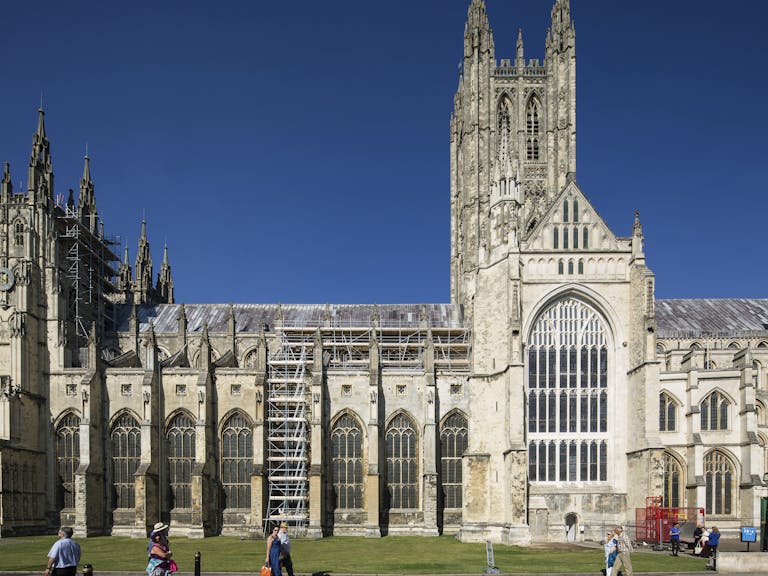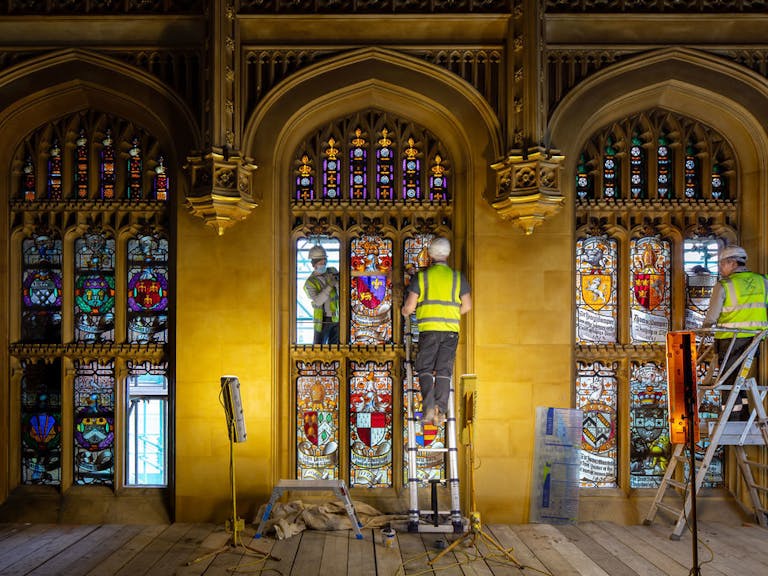
Palace of Westminster
Restoration and conservation of an iconic building
- Location
- London & South East
- Client
- Strategic Estates
- Shortlist
- Stone Federation Awards: Carving, Lettering, and Sculpture 2022 (Elizabeth Tower)
Purcell were appointed by Strategic Estates to oversee essential conservation repairs and refurbishment works at the Palace of Westminster, including the Elizabeth Tower restoration and ten-year rolling programme of repairs to all cast-iron roofs at the palace.
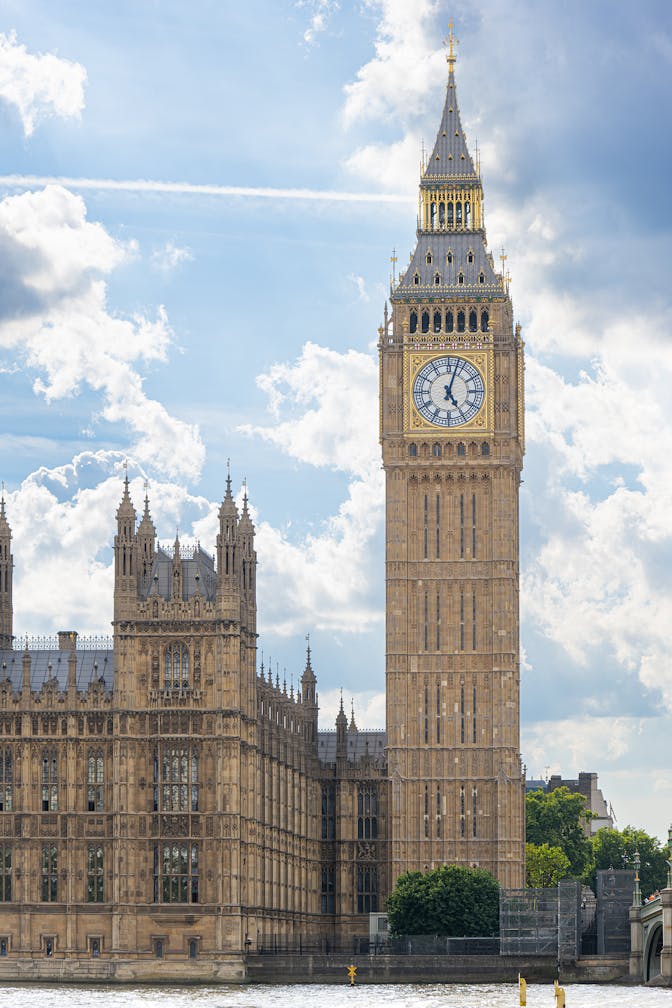
Elizabeth Tower
As part of our ongoing restoration and conservation of the palace, we have recently completed the restoration of the iconic Elizabeth Tower.
The last major repair works to the tower which required scaffolding were carried out in the early 1980s. Several aspects of the tower’s original design require the tower to be scaffolded approximately every 25 years, including redecoration of the cast iron roofs, maintenance of the clock and stone repairs.
From the gilt cross and orb at the top of the tower to the bottom of the 334-step staircase, our specialist team led the works through the largest and most comprehensive conservation project in the tower's history. A specialist team of clock mechanics carried out essential work to the clock, the pendulum, and minute hands on each clock face.
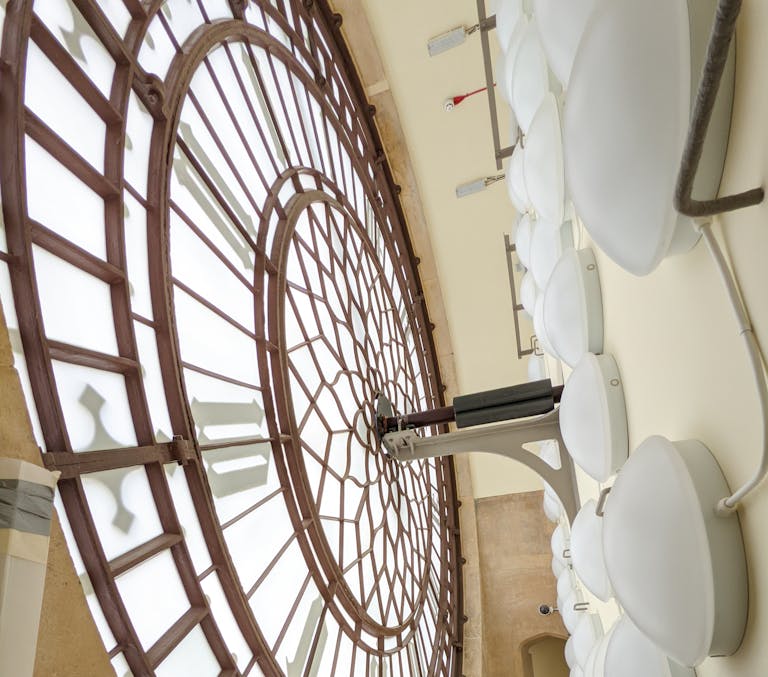

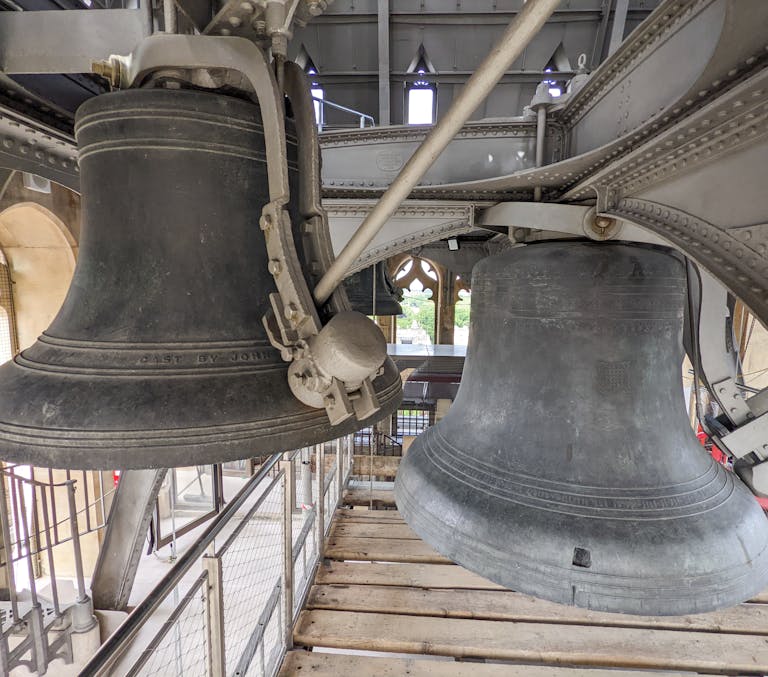
A new lift has been created within the vent shaft, giving access to all floors and providing a solution to the tower’s previous logistical and access issues.
It is the first time BIM (Building Information Modelling) has been used by Strategic Estates as part of the ongoing conservation programme for the Palace of Westminster and Purcell brought their unrivalled expertise in HBIM to this landmark project.
Cast Iron Roofs
Purcell are overseeing the ten-year rolling programme of repairs to all cast iron roofs at the palace.
The cast iron, tiled roofs were installed on wrought iron structures in the mid 1800s and used innovative technology. They have never undergone major renovation or repair: 160 years on, the roofs are leaking, causing significant damage to the stonework and historic interiors of the building.
To avoid further damage to the building fabric, this phased programme of roof repairs is ensuring the building is watertight before any major internal restoration work begins. Purcell are also responsible for repairs to all the adjacent flat roofs and for the provision of roof safety access across the whole palace.
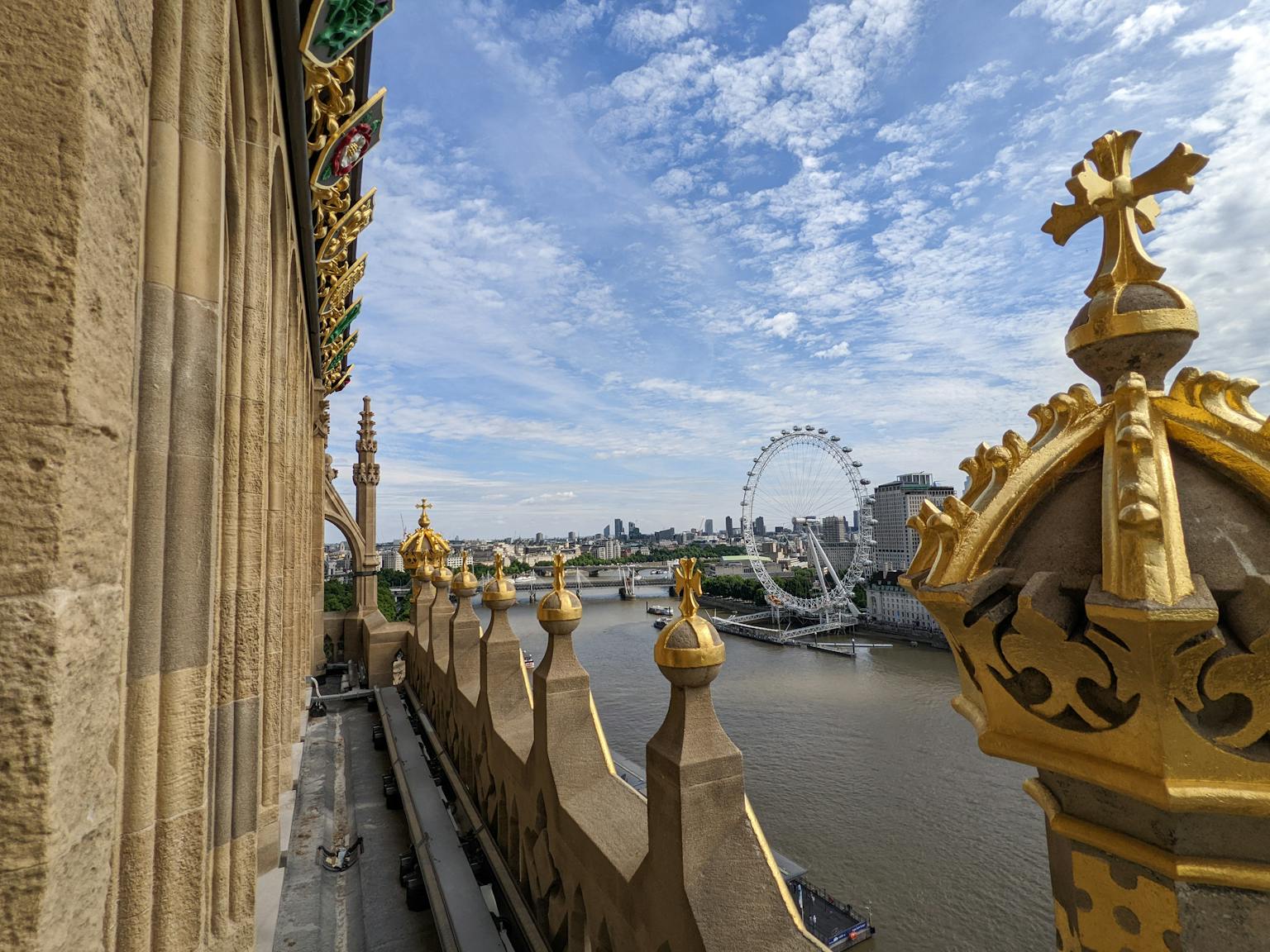
Fabric of the Building
Pollution and lack of maintenance is causing significant decay to the stonework.
The palace was built using Anston limestone because it was cheaper and ideal for elaborate carving. The stone quickly began to decay and little was done to prevent its decline in the 19th century.
There are 3,800 windows, from basic casements in rooms and corridors, to ornate glass panels used in many hallways and chambers. This vast amount of glass, much of it set in bronze framework, no longer provides weather resistance and generates significant heat loss.
Purcell are responsible for the conservation and restoration of these bronze windows.
BIM
Purcell has been appointed to lead the project team in adopting BIM Level 2 processes on this project.
Collaboration is always a key component of any successful project, and adopting BIM Level 2 principles aligned to the client's brief has ensured a well-coordinated outcome for this project.
Studio: London
Client: Parliamentary Estates Directorate
Listing Status: Grade I, UNESCO World Heritage Site

